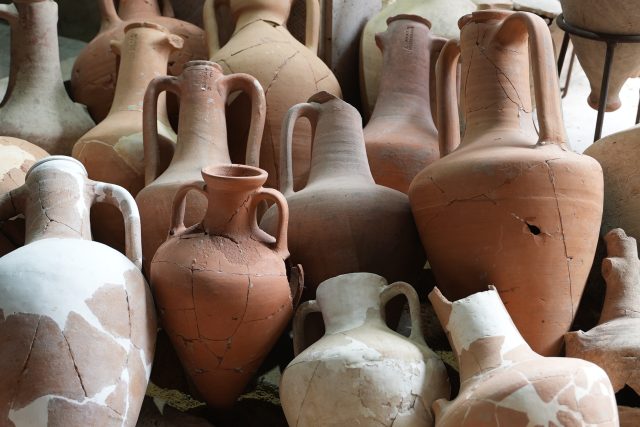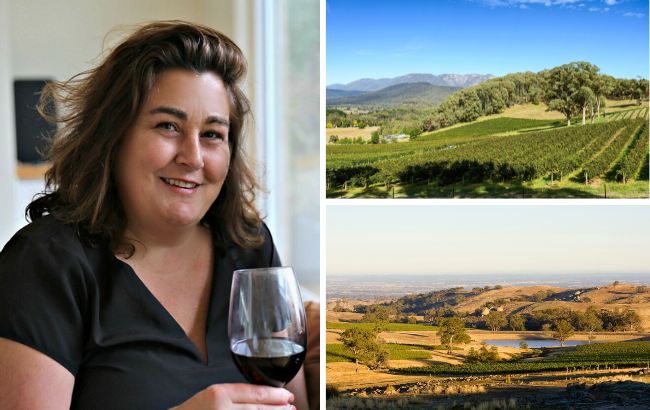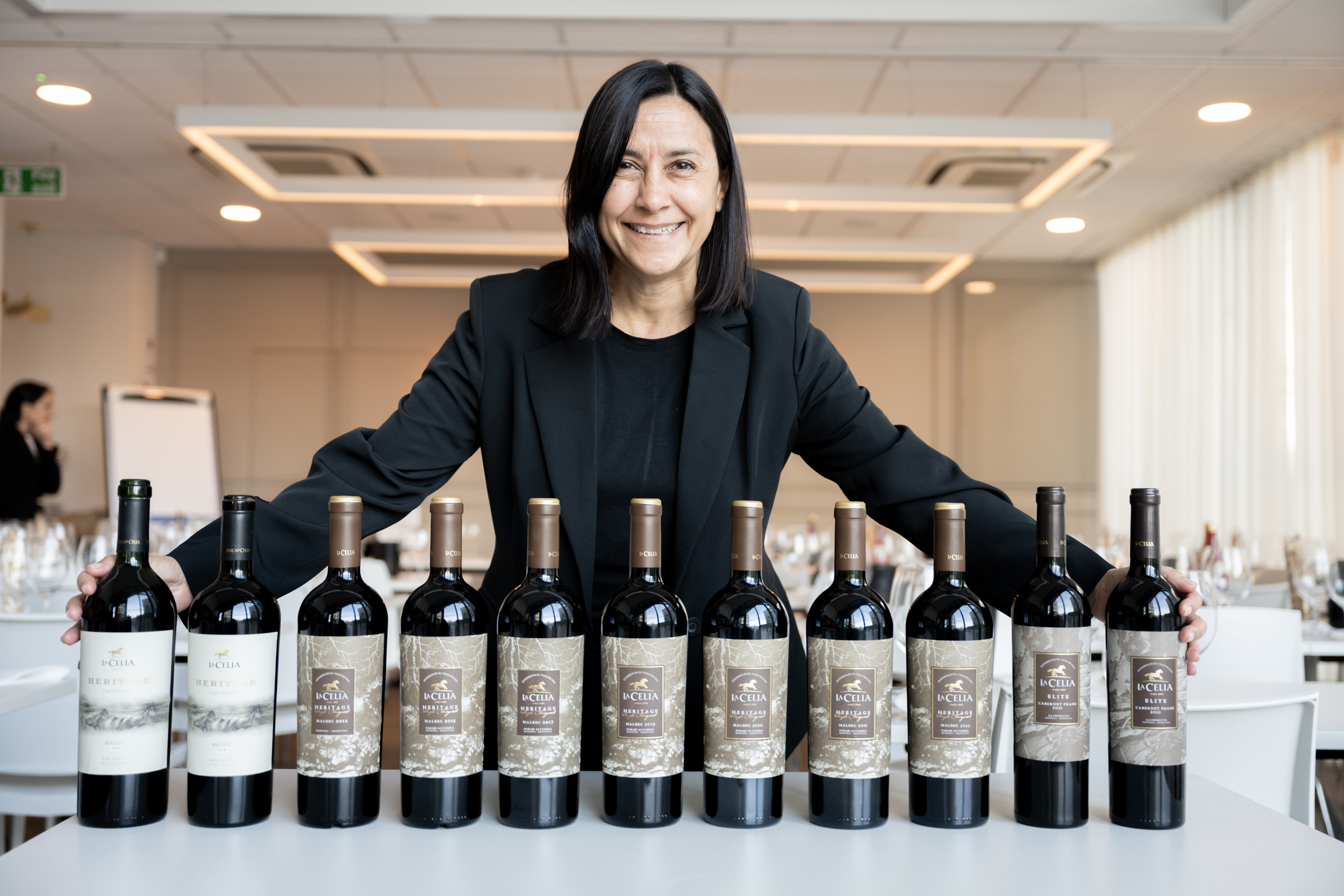Why attend Alentejo’s Amphora Wine Day?
By L.M. ArcherAlentejo’s Herdade do Rocim hosts Amphora Wine Day on 16 November. Here’s everything you need to know about the event.

Launched by ROCIM in 2018, Amphora Wine Day coincides with St. Martin’s Day, a celebration of Alentejo’s patron saint, and sees more than 60 international producers and wine cognoscenti converge.
Attendees talk clay pots, and taste wines from Alentejo, Armenia, Georgia, and beyond.
“It’s fantastic that a small producer like us has an event with over 1,600 people – to taste only amphora wine!” says ROCIM winemaker Vânia Guibarra. “It’s very important to show to all people how different amphora wines can be. To the rest of the world, it’s important to know a little more about our history with amphoras, and how we work.”
“Since its inception in 2018, Alentejo’s annual Amphora Wine Day has grown into the ‘ground zero’ event for the global clay pot wine movement,” concurs Paul J White, a noted authority on talha (Portuguese wine made in clay amphorae) and author of “Talha Tales.”
White comes for the wine, but stays for the vibe.
“In essence, this gathering brings together 6,000 year-old winemaking traditions,” he says. “Modern minds are spinning entirely new wine styles out of ancient technology.”
Like magic
Alentejo’s ancient talha (pronounced ‘tal-yah’ or ‘tal-ha’) winemaking methods prove surprisingly sustainable. Each pot, fashioned from local clay, can hold up to 2,000 litres of wine must. Winemakers coat the interior with pés, a melted mélange of biodiverse beeswax, pine sap, olive oil and herbs, to prevent seepage, and moderate oxygen intake.
“Used as both fermentation and ageing vessels, clay pots’ oxygen transference rates supplant the modern affects of oak barrel maturation, allowing more intensity and purity of flavours, aromas, and faster textural integration, without oak’s telltale added flavours, aromas, and tannins,” explains White.
During fermentation, mae (‘mother’), a mass of pulp, skins, stems, and dead yeast lees, forms in the belly of the talha.
Partner Content
“The fermentation happens spontaneously in the clay pot, and the fact that each amphora was made by hand, means that each batch is unique,” says Ruben Honrado of Honrado Vineyards in Vila de Frades, considered the ‘capital’ of talha wine production. “It’s like magic: you never know what will happen.”
“The final taste comes from this unpredictable mix of the terroir, the grapes and the amphora you use,” says Honrado. “These three variables work together in a mysterious way to produce this singular product.”
Heritage plays a part, too.
“Talha wine production is part of my genes,” stresses second-generation Honrado. “It’s part of my family, and part of my neighbours. Vila de Frades is a very small village in the middle of Alentejo, but it has this enormous cultural weight associated with Vinho de Talha.”
Vinho de Talha DOC (Denominacão de Origen Controlado) achieved approval in 2010. Designated subregions include Portalegre, Borba, Redondo, Évora, Reguengos, Vidigueira, Granja/Amareleja, and Moura. Winemakers may only use approved indigenous varieties.
Vinho de Talha DOC further stipulates that the current vintage mae remain intact until St. Martin’s Day. On this day, the winemaker inserts and opens a tap in a small hole at the base of the talha, releasing the wine. Villagers gather to celebrate over traditional foods. Despite the murky mae, the wine flows fresh, clear, and vibrant.
“Fitapreta was the first producer making a wine bottled fermented in talha in 2010,” says winemaker/partner Sandra Matos Sárria of Fitapreta, located in Évora. “For me, it’s a quest to understand the impact of the traditional talha winemaking process in the production of Alentejo whites.”
Together, the sum of the parts create a distinctive whole. “Part is an expression of the fruit and the freshness of the best local grape varieties, combined with a secondary dimension of earthy minerality, with an almost chemical edge,” says Matos Sárria. “The texture of the mouth-feel is supported by the tension of the acidity.”
In the end, Amphora Wine Day not only highlights clay vessel wines. It also showcases talha wines’ cultural history, and bright future. “I grew up in the middle of this artisanal wine production,” concludes Honrado. “And I believe that the upcoming generations shall have the same opportunity, because this ancient tradition is what makes us special. Amongst so many wine regions with so many wine concepts around the world, this is a history that takes us back to the origin of wine, and for that, it should never be forgotten.”
Related news
The top performers from The Global Wine Masters 2024




